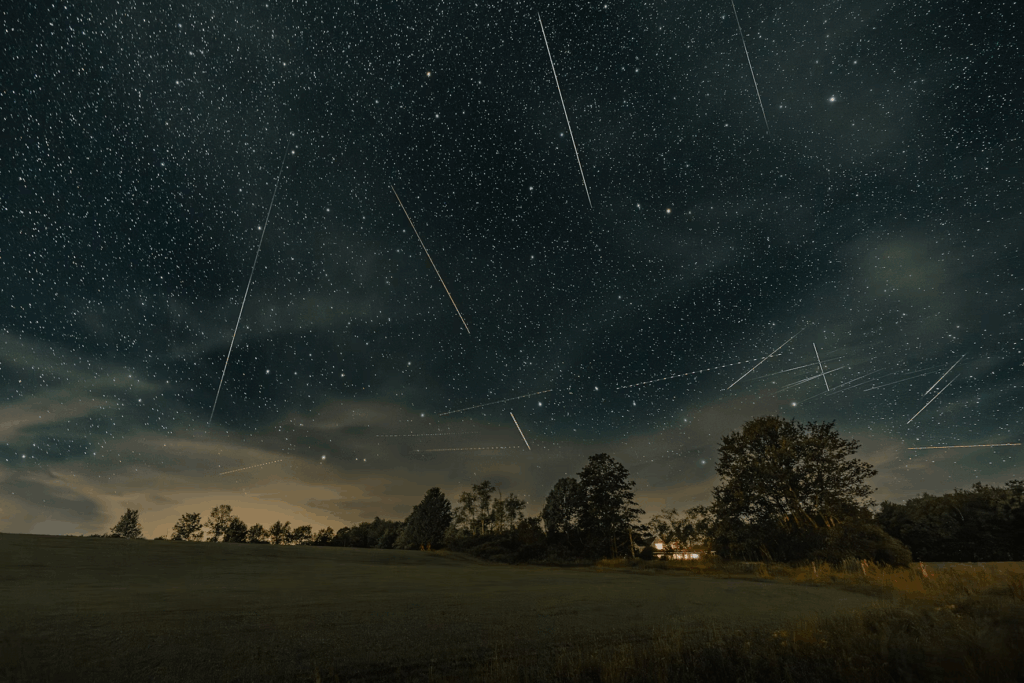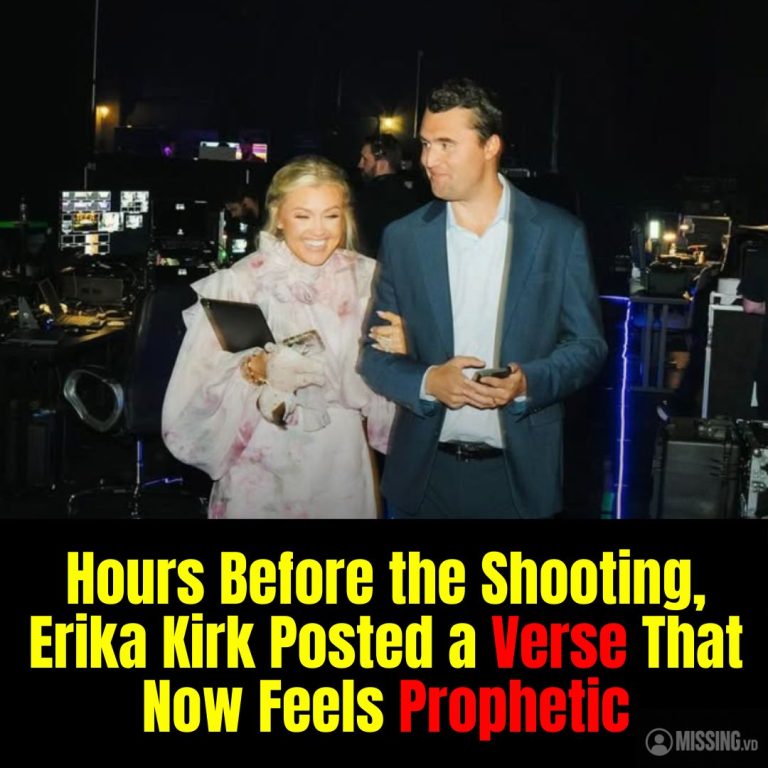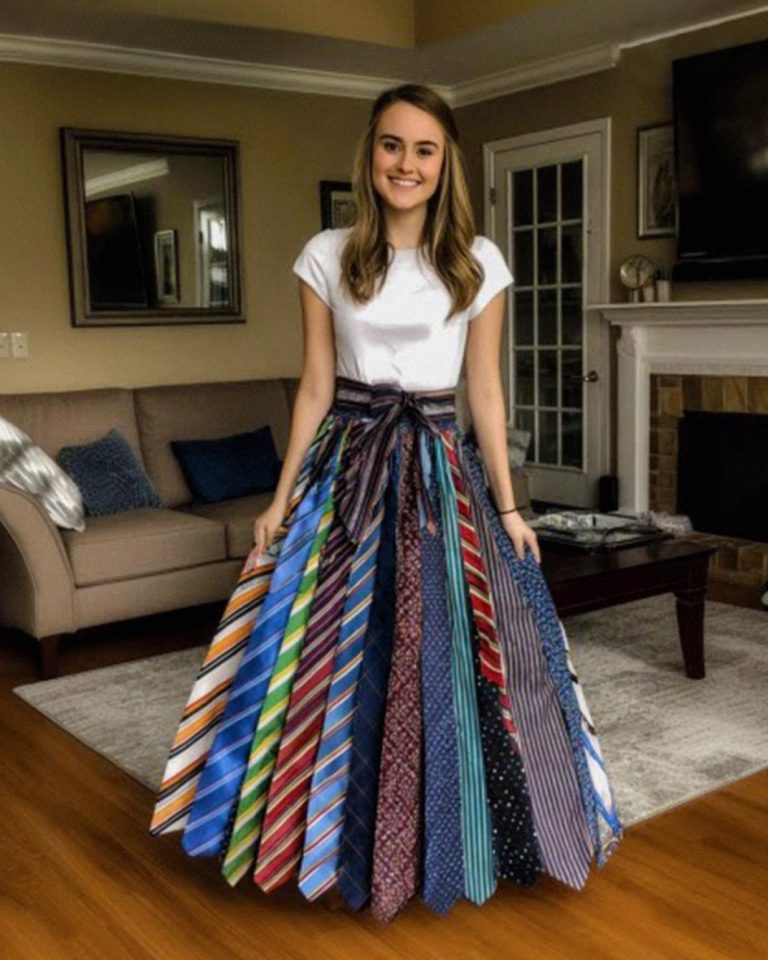The Perseids Are Coming — Catch Them Before…

Perseid Meteor Shower Timing and Visibility
The Perseid meteor shower, one of the most popular in the Northern Hemisphere, will peak on August 12 and 13 this year, with activity from July 17 to August 23. However, “this year’s event will be disappointing” because “only the brightest shooting stars will be visible due to the near-full moon.”
Impact of Moonlight on Viewing
Normally, the best way to watch meteors is from a dark location with little light pollution. But this year, “the light from the full Sturgeon Moon in August will bleach the night sky,” especially on August 9. A “waning gibbous moon will rise a few hours before midnight on the night of the peak,” shining brightly and “effectively poison[ing] the night sky,” making it harder to see meteors even in dark areas.
Best Viewing Windows Around the Moon Cycle
The ideal times to observe the Perseids are before and after the peak. From July 18 to July 28, the “moonlight is at its lowest,” offering a dark sky window despite fewer shooting stars. A new moon on July 24 and a crescent moon setting early help. After the peak, when the moon reaches its final quarter phase on August 16, “the waning gibbous moon will start to move out of the way,” allowing for some views during the declining meteor activity.
About the Perseid Meteors
The Perseids are known for “fast and dazzling meteors that travel at a speed of 37 miles per second (60 kilometres per second).” They come from Comet 109P/Swift-Tuttle, which leaves particles that “vaporise and heat up” in Earth’s atmosphere, creating bright streaks of light. Despite the moonlight this year, “you will likely see one or two of the most well-known shooting stars of the year” if you watch carefully.





